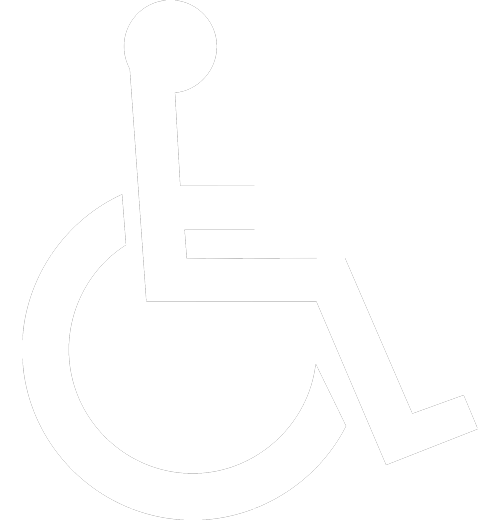Guide to Buying the Right Bike For You
The weather is getting warmer and you want to spend more time outside, so you’ve started to consider a bike. Bikes can be a great option for exercise and as a mode of transportation; not to mention, they’re fun! Buying a bike is more complex than you may think. There are different bikes and styles for different functions. Think about how you’ll use your bike, and combine all the parts to make the perfect bike for you.
4 Types of Bikes
- Mountain: A robust bike that is designed to handle the rough terrain. It’s excellent for trails and off-roading, but it is also able to handle the pavement.
- Road: These are lightweight and aerodynamic bikes built for smooth surfaces. They are made for speed and agility on the roads.
- Hybrid: These are a cross between the Mountain and Road bike. It’s not as lightweight as a road bike, so it’s able to take on more rugged surfaces, while being a little more speedy on the road than a traditional mountain bike. It’s a great option for commuting.
- Cruiser: A laid-back style that sit more upright for casual rides on boardwalks and pathways. It’s a little more user friendly and comfortable to ride than the others.
Handlebars
- Drop Bar: This handlebar is the classic style that you see on most road bikes. They are set lower so you can get into a hunched position making you more aerodynamic in the wind. It can be more strain on your wrists, shoulders, and back. If you aren’t use to it, you may feel a little unstable with the center of gravity shift that it causes.
- Flat Bar: These are a universal option for any bike style. The flat bars offer the rider a more engaged aerodynamic riding position, while keeping you more upright, so you can see what is coming.
- Riser Bar: The riser bars are most common on mountain bikes. These handles sit up higher, allowing you to be more upright, so you can see further in front of you. You need these to take on trails with ease, so you can anticipate the hills, rocks, and other off-roading obstacles.
- Mustache Bar: These are a mix between the drop bars and flat bars. They give you the option to change up your hand placement, while still giving you the speed of the drop bars.
Brakes
- Rim: These are traditional brakes that grip the sides of the wheel rims to stop the bike. They look similar to the brakes in a car. The downside is that they can be less effective in rain and mud, and they can wear out the wheel rims faster than other styles. The plus side is that they are easy to maintain.
- Disc: The disc brake still holds on to the wheel rim to stop the bike, but it is better functioning in different weather and terrains. It’s more complex to maintain and clean.
- Coaster: The old-school backwards pedal brakes. These are great for kids who may not have a lot of grip strength to squeeze handlebar brakes.
- Drum: These are integrated into the wheel hub. They are the most effective at stopping and controlling the bike in any weather and terrain. Because they are part of the hub, the entire wheel may need to be replaced if it wears out.
Price Range
- $75-$350: This is the low end of the bike price range. You’ll find bikes in Walmart and Costco in this price range. It’s a good starting point for kids and cruiser bikes.
- $400-$1000: These are the mid-range bikes. You can find most mountain and hybrid bikes in this range. There are a few road bikes that fall into this category, but they won’t have as many gears and functions as more expensive versions.
- $1000+: This is for moderate competition bikes and complex road bikes. These models use the latest science and technology for the manufacturing of the bike to make them aerodynamic and lightweight, yet durable for the rider.
Now that you know all the pieces that you need to find your perfect bike, look online to see what the best rated bikes are in that category. Shop around and ask local bike shops for guidance. Before you buy, always test drive the bike to make sure you feel comfortable on it. Don’t forget a helmet!








